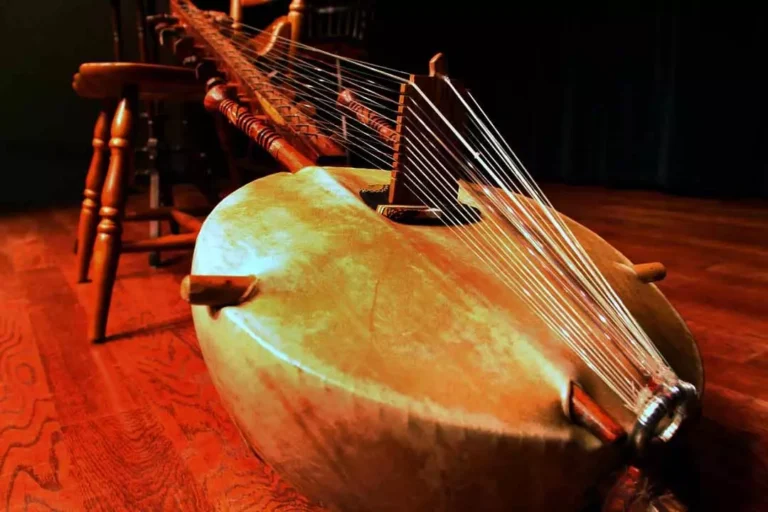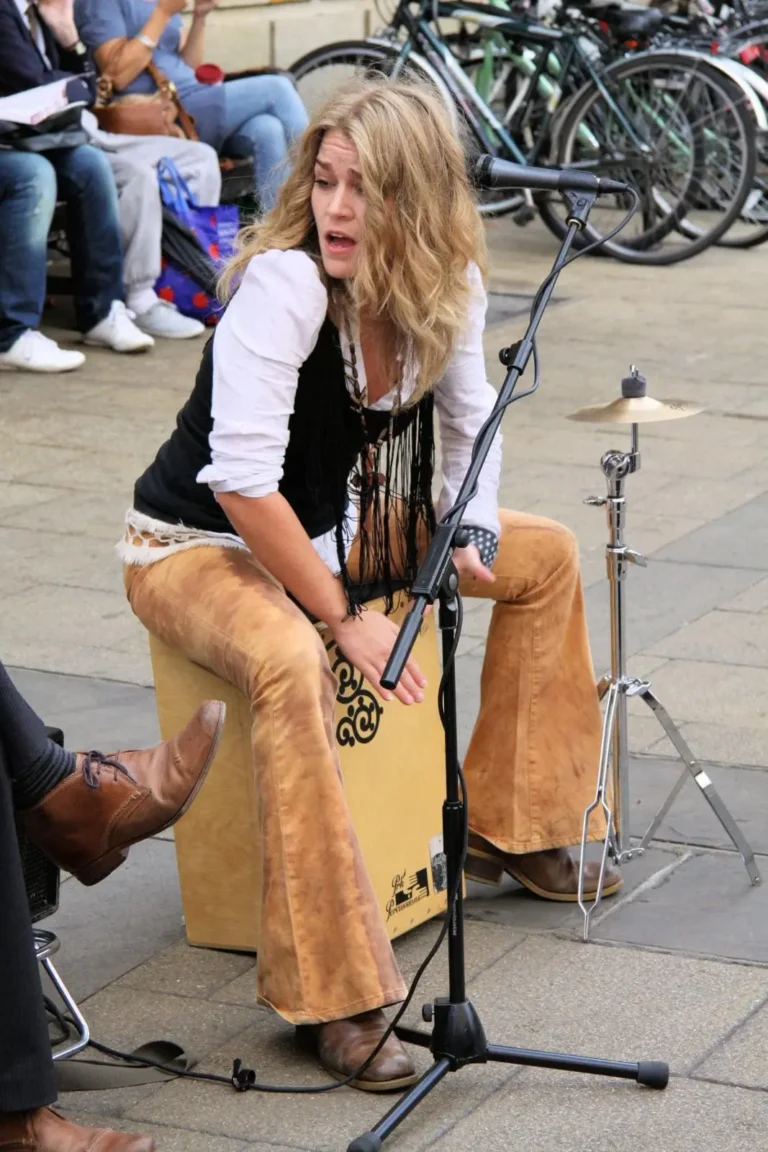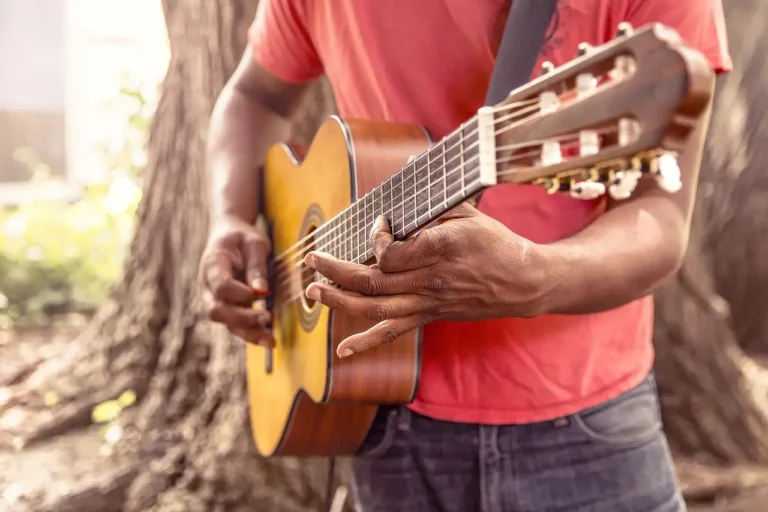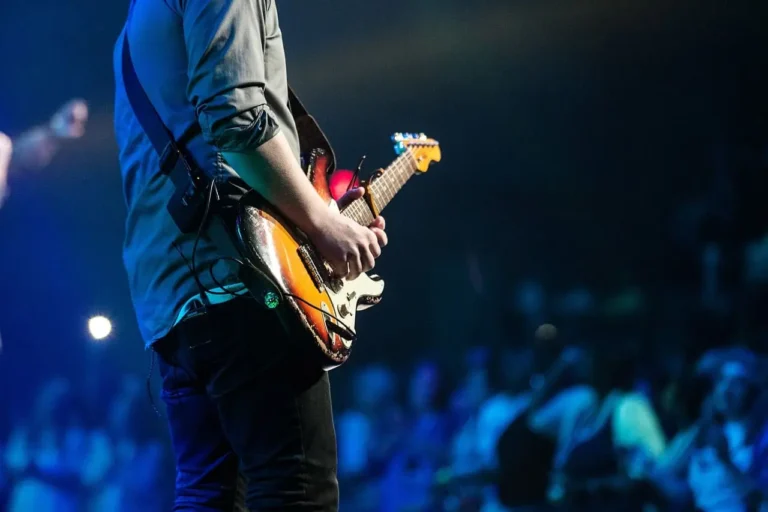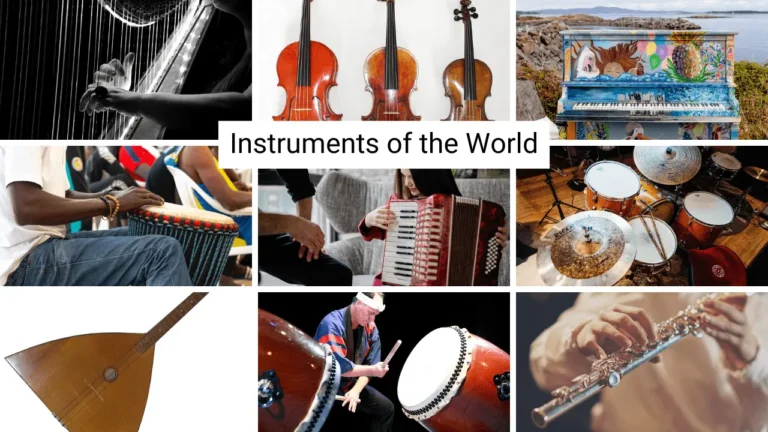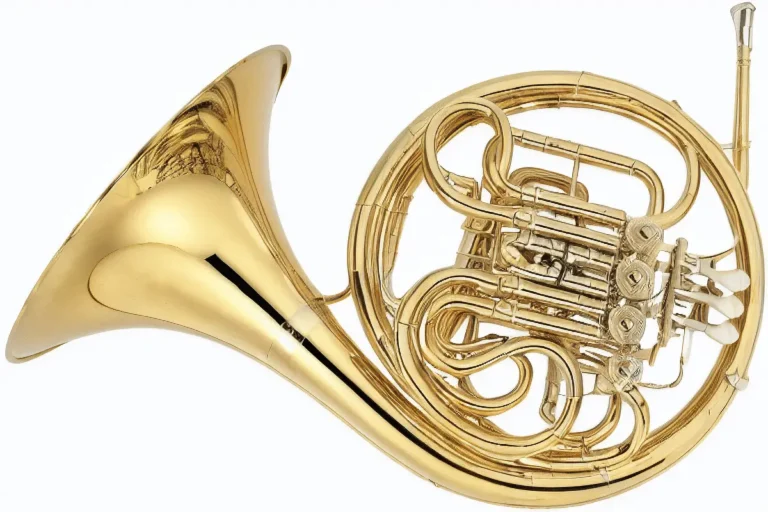Musical Instruments That Start With G
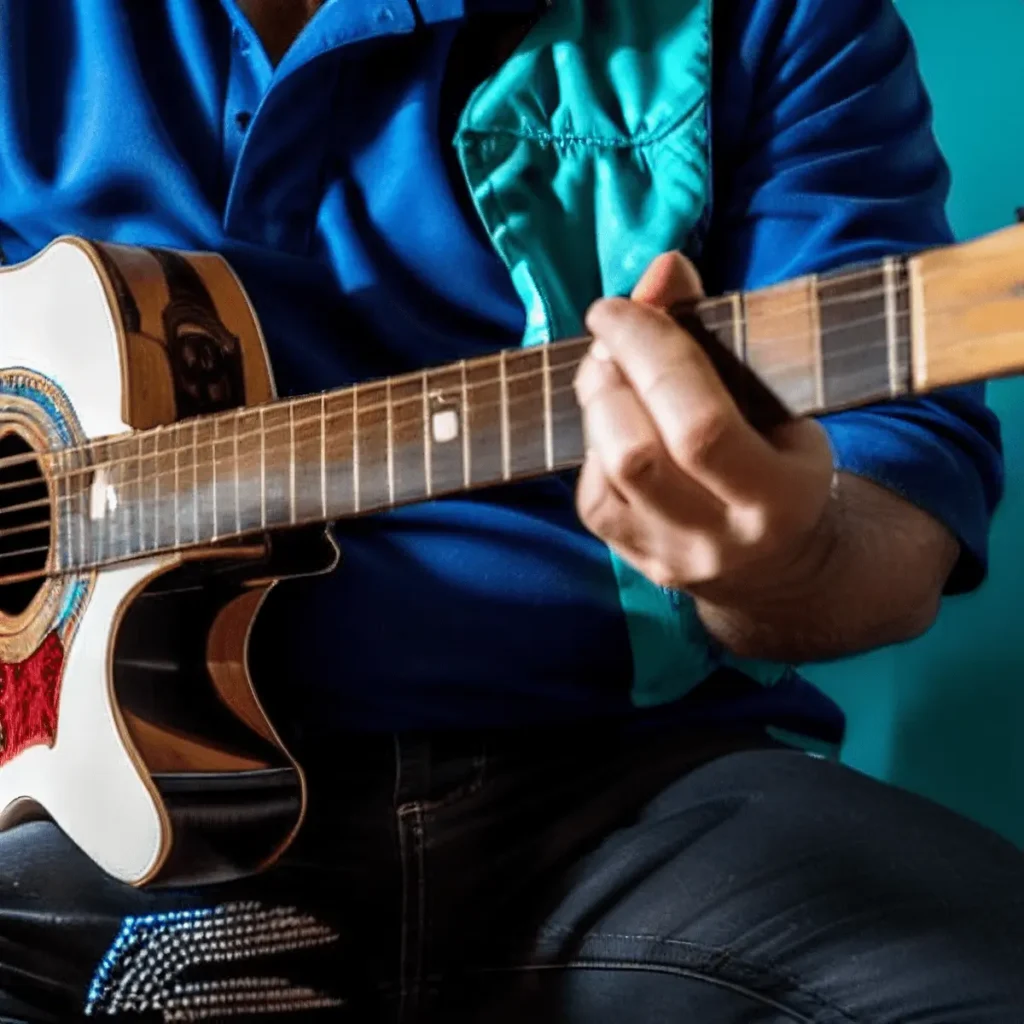
Welcome to this post on musical instruments starting with the letter G! In this post, I will be exploring the vast and varied world of music, showcasing some of the unique and fascinating instruments that have been developed by cultures all over the globe.
From the traditional strings of the guqin in China to the rhythmic percussion of the ghatam in India, I will be taking a deep dive into the rich history and cultural significance of these instruments.
Gaida
The gaida is from the Balkans and Southeast Europe. It is a version of the bagpipe that is played by blowing air through a reed to produce sound. It is made up of a bag that is made of sheepskin or goatskin and has several pipes attached to it.
One pipe, called the chanter, is used to play melodies. The others, called drones, provide a continuous harmonic accompaniment. The gaida is often used in folk music and dance. It is an important cultural symbol for many Eastern European countries.
Gaita gastoreña
The gaita gastoreña is a type of aerophone that is native to Andalusia, a region in southern Spain. It is a type of hornpipe, a type of wind instrument that has a single reed and a conical bore.
The gaita gastoreña is made of wood or metal and has a distinctive, brassy sound. It is often used in traditional music from Andalusia. Also, it is an important part of the region’s cultural identity.
Gandingan
The gandingan is an idiophone instrument from the Philippines. It is made up of a set of four large, hanging gongs that are struck with mallets to produce sound. The gandingan is used in traditional music and dance from the Philippines. It is an important part of the country’s cultural heritage.
Gaohu
The gaohu is a chordophone instrument from China. It is a type of stringed instrument that is played with a bow.
It has a pear-shaped body and a long, fretted neck, and is made of wood or bamboo. The gaohu is often used in traditional Chinese music and has a bright, crisp sound.
Garmon
The garmon is an instrument from Russia and Tatarstan. It is a free-reed instrument, like an accordion. It’s played by pressing buttons or keys to open and close reeds, which produces sound.
The garmon has a small, portable design, and is often used in folk music and dance from Russia and Tatarstan.
Gayageum
The gayageum is from Korea. It is a type of stringed instrument that is played with a bow. It has a rectangular body and a fretted neck and is made of wood or bamboo. The gayageum is an important part of traditional Korean music. It has a bright, delicate sound.
Gemshorn
The gemshorn originated in Germany. It is a type of fipple flute, like an ocarina, that is played by blowing air through a hole in the side of the instrument. The gemshorn is made of bone or horn and has a narrow, conical shape. It is often used in folk music and has a soft, mellow sound.
Geomungo
The geomungo is also from Korea. It is a type of stringed instrument that is played with a bow. It has a long, fretted neck and a shallow, hourglass-shaped body, and is made of wood or bamboo.
The geomungo is an important part of traditional Korean music and has a rich, resonant sound.
Ghatam
The ghatam is an idiophone instrument from India. It is a type of unpitched percussion instrument that is made of clay and has a narrow, pot-like shape. It is played by striking it with the hands or fingers.
It produces a variety of different sounds depending on where it is struck and how it is played. The ghatam is often used in Indian classical music. It is an important part of the country’s musical heritage.
Gittern
The gittern was popular in Western Europe during the Middle Ages and Renaissance. It is a type of stringed instrument that is played with a pick or fingers. It has a small, pear-shaped body and a long, fretted neck, and is made of wood or metal.
The gittern has a bright, ringing sound. It was often used in a variety of musical contexts, including secular and religious music.
Glass harmonica
The glass harmonica is an instrument that is played by rubbing the rim of a set of glass bowls or goblets with wetted fingers. It was invented in the 18th century and became popular in Europe and North America.
The glass harmonica has a delicate, ethereal sound and is often used in classical music. It is also known as the “hydroharmonica” or “bowl organ.”
Glasschord
The glasschord is a unique instrument. It combines elements of a chordophone and an aerophone. It is played by striking a set of glass tubes or rods with a mallet to produce sound.
It also has a keyboard that allows the player to produce melodies. The sound of the glasschord is bright and shimmering. It is often used in experimental or avant-garde music.
Glockenspiel
The glockenspiel is an idiophone instrument that originated in France and Germany. It is a type of pitched percussion instrument that consists of a set of small, tuned metal bars.
These are struck with mallets to produce sound. The glockenspiel has a keyboard layout. It is often used in orchestras and marching bands.
It has a bright, ringing sound and is an important part of many types of Western music.
Goblet drum
The goblet drum is an instrument that has a long history dating back to ancient times. It is a percussion instrument that is played by striking the skin stretched over the top of the drum with the hands or sticks.
The goblet drum has a distinctive, deep sound. It is often used in a variety of musical contexts, including traditional and modern music.
Gong
The gong is found in many parts of Asia. Mainly in Brunei, China, Indonesia, Japan, Korea, Malaysia, Myanmar, and Tibet. It is made of metal and has a large, circular shape.
The gong is played by striking it with a mallet. It has a rich, resonant sound and is an important part of many traditional music cultures in Asia.
Gong bass drum
The gong bass drum is a membranophone instrument that is played by striking a large, circular drum with a stick or mallet. It has a powerful sound and is used in orchestras.
Gottuvadhyam
The gottuvadhyam is a chordophone instrument from India. It is a type of stringed instrument that is played with a bow. It has a long, fretted neck and a large, flat body, and is made of wood or metal.
The gottuvadhyam is an important part of traditional Indian music and has a rich, resonant sound.
Gralla
The gralla is an aerophone instrument from Spain. It is a type of reed instrument that is like an oboe or shawm. It has a long, narrow body and a single reed, and is made of wood or metal.
The gralla is often used in traditional music from Spain and has a bright, piercing sound.
Gran Cassa
The gran cassa is from Italy. It is a percussion instrument that is a large, circular drum. It has a deep, powerful sound and is often used in orchestras and marching bands.
Guan
The guan is a type of Chinese wind instrument that is like an oboe or clarinet. It has a long, narrow body and a single reed, and is made of wood or metal.
The guan is an important part of traditional Chinese music. It has a bright, penetrating sound.
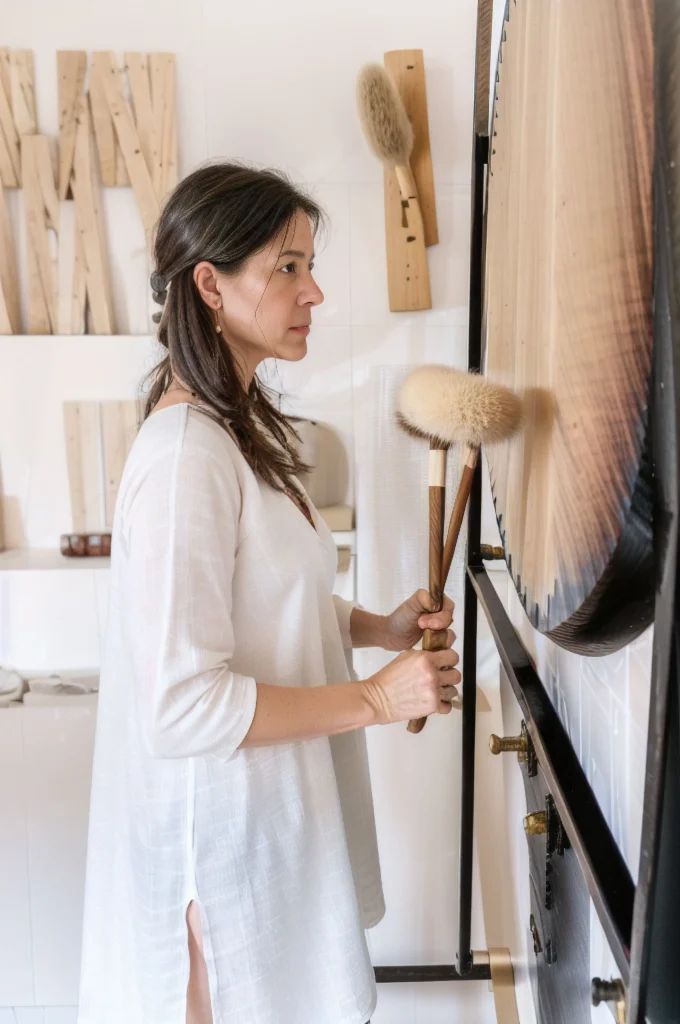
Conclusion
As we come to the end of our journey through the amazing world of musical instruments with G, it is clear that there is an incredible diversity of sounds and styles to be found across the globe.
From the haunting melodies of the gaida in the Balkans to the pulsing rhythms of the gong bass drum in Indonesia, each of these instruments has a unique character and history that enriches the tapestry of global music.
As we conclude this post, I can’t help but think back to my own musical experiences and the joy that these instruments have brought to my life. Whether it was the time I tried (and failed) to play the glass harmonica in London or the hilarious moment when I accidentally dropped a gong during a percussion ensemble performance (sorry, not sorry), these instruments have always managed to bring a smile to my face and a beat to my heart.
So, to all the musicians out there, keep strumming, plucking, and pounding away on these amazing instruments. And to all music lovers, keep listening and discovering the incredible diversity of global music. Until next time, keep the beat going strong!
From the bustling city of Mumbai, I am a professional Composer, Producer, and Educator with a wealth of expertise in the industry. With over 15 years of experience and a diverse portfolio including composing for movies, television, web series, songwriting, music production, and creating meditation music. I also love to teach music and musicality to students worldwide. When I’m not in the studio, you can find me doing music consultancy for independent projects and exploring the intersection of Space & Spirituality.

